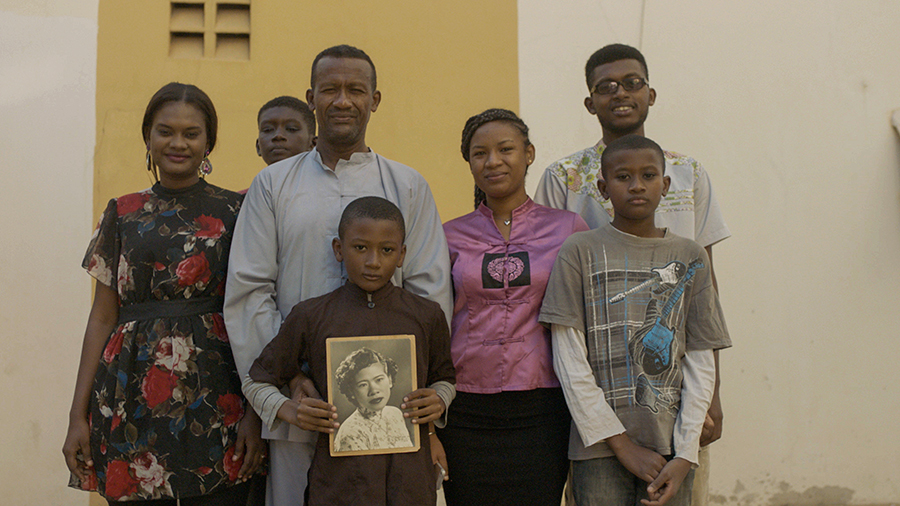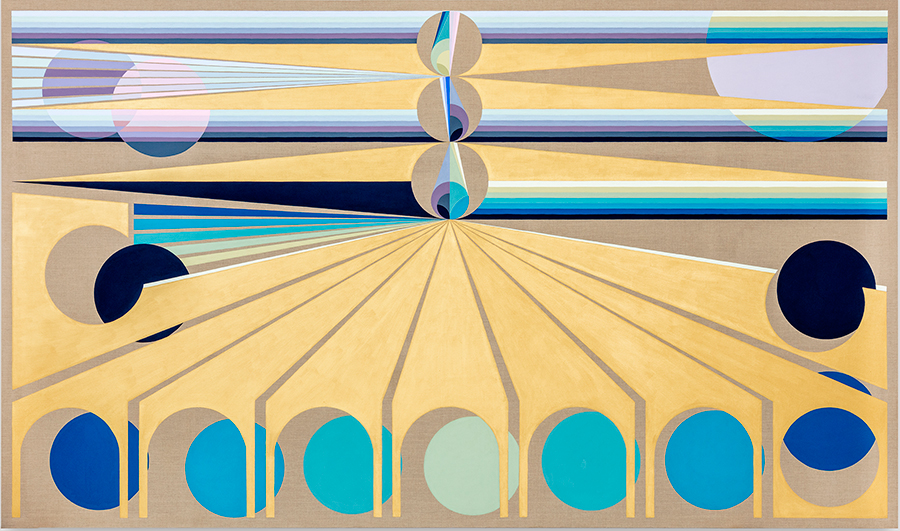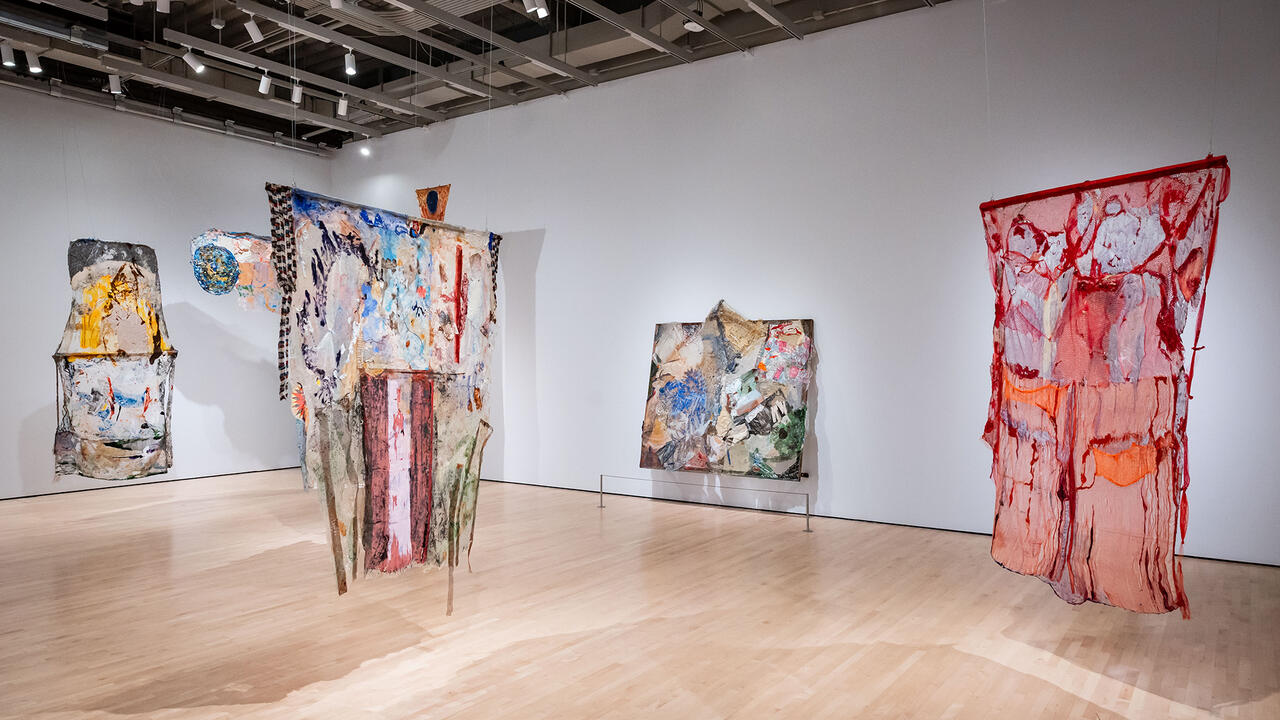Do Artists Have ‘Soft Power’ To Create Political Change?
An exhibition at SFMOMA, named for the 1990 geopolitical term, considers the relationship between art and activism since the fall of the Iron Curtain
An exhibition at SFMOMA, named for the 1990 geopolitical term, considers the relationship between art and activism since the fall of the Iron Curtain

At the close of the Cold War, the US political scientist Joseph Nye coined the term ‘soft power’, a theory which holds that nations can wield their cultural influence to gain allies more efficiently than by economic or military coercion alone. After nearly 30 years of US co-option, though, the country now finds itself losing most of its friends. ‘SOFT POWER’, curated by Eungie Joo, fittingly turns Nye’s theory on its head, examining how 20 artists ‘deploy art to explore their roles as citizens and social actors.’ Rather than seeking to export values, many of the works on display shine a harsh light on the US’s own socio-political ills.

60 monochromatic panels that comprise Xaviera Simmons’s potent mural-sized assemblage, They’re All Afraid, All Of Them, That’s It! They’re All Southern! The Whole United States Is Southern! (2019), punctuated by more panels with statements on the legacy of chattel slavery, borrow their chequered palette from Jacob Lawrence’s landmark Migration Series (1941), a collection of paintings documenting the transit of black souls to the industrial North during Jim Crow. In a deft curatorial move, the same gallery also includes LaToya Ruby Frazier’s Flint Is Family, Part II (2019), a series of photographs documenting a contemporary African American family that has moved to the South from Flint, Michigan in the wake of that city’s on-going water crisis. Although the spectre of Flint hangs over the images, Frazier’s empowering focus on one family’s life on a Mississippi ranch with fresh spring water counters the ‘if it bleeds, it leads’ style of journalism that sells content through sensationalistic images of violence, particularly against people of colour.

The theme of return is also present in Tanya Lukin Linklater’s Flat vessels made by the hands of our grandmothers that we discern and decipher as potential messages of repair (2019), an unveiling of Alutiiq sewing pouches on loan from the storage vaults of the Phoebe A. Hearst Museum of Anthropology. Alongside the bags, which have been placed in a low vitrine framed by a living room couch, screens a silent video, The treaty is in the body (2017), in which Omaskêko Cree knowledge keeper Jennifer Wabano leads a discussion with several women and girls on the history of deals between Indigenous peoples and North American governments – or so the wall text tells us, as we are denied access to their words, and must instead focus on their gestures. This intimate mediation on heritage and the uses of memory as a form of resistance is possibly the most stirring work in the show.
Works from a wide range of cultural contexts grapple with the long reach of US policy decisions. Carlos Motta’s video Narrative Shifter: A Portrait of Julio Salgado (2019), for instance, examining the rights of undocumented queer persons, plays alongside a graphic immigration timeline centred on Donald Trump’s decision to phase out the Deferred Action for Childhood Arrivals (DACA) program, which installed various protections for expatriated youth. In Pratchaya Phinthong’s enigmatic Spoon (2019), metals from an unexploded bomb dropped by the US Air Force on Laos during the Vietnam War were melted down and recast by Laotian farmers into a small mirror that reflects a postcard, sent by the artist to the curator, bearing an image of the first crop grown on land recently cleared of ordinance.

This month marks the 30th anniversary of Czechoslovakia’s Velvet Revolution, an event simultaneous to Nye’s theorizing, which no doubt gave credence to his ideas. The popular uprising shared its name with the American band The Velvet Underground, and banned American rock music served as the soundtrack for a protest network of samizdat. In 1990, Lou Reed, the frontman of the Velvet Underground, interviewed the country’s new president, Václav Havel, and asked him if music could change the world. Havel replied that only human beings could. Reed countered that music (and by extension all art) can affect people, who may go on to themselves create change – a progressive adoption of the concept of soft power. Joo’s exhibition, in turn, proposes that art can serve as a form of political activism – though it does so within the rarefied space of a museum. Works like Phinthong’s and Linklater’s, which subvert or circumvent institutional channels of cultural transmission, beg the question: can we expect real change from the top down or the bottom up?
‘SOFT POWER’ continues at SFMOMA, San Francisco, USA, until 17 February 2020.






















